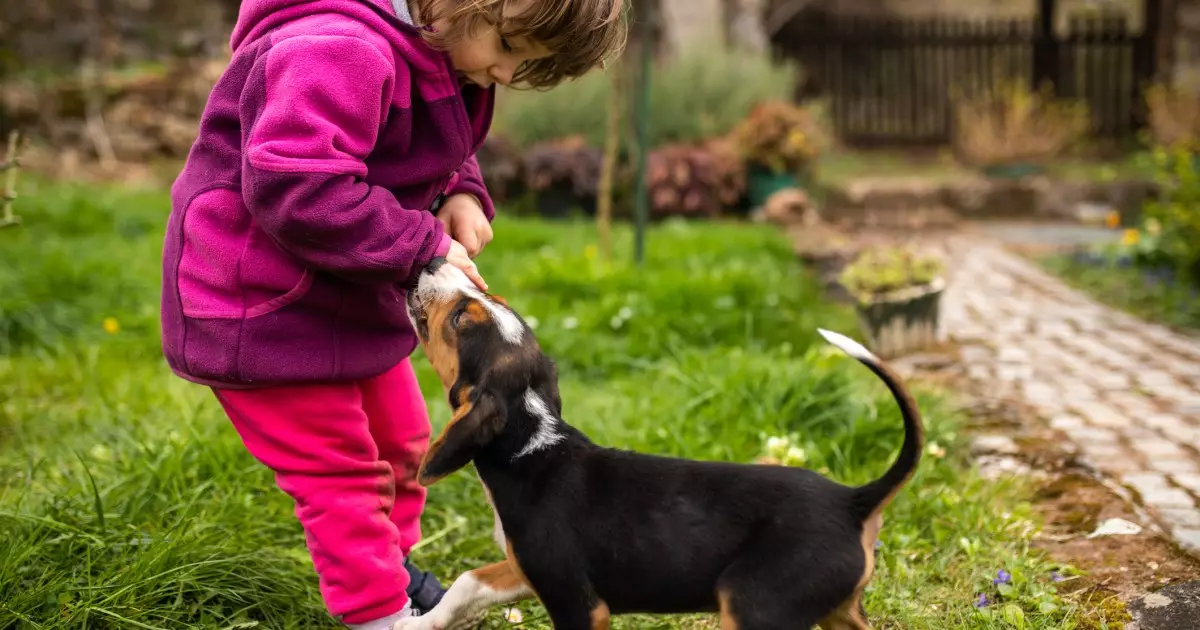The complex interaction between humans and animals often involves both affection and the potential for unintended injury. Pet bites, whether from dogs or cats, present a multifaceted issue that requires careful attention and response. Recognizing the dual roles of a pet’s mouth—as both a tool for exploration and a potential weapon—can help us navigate these circumstances effectively.
It’s essential to understand why pets may resort to biting. Animals utilize their mouths not just for eating but also for exploring their environment, expressing emotional states, and even signaling distress. A previously gentle pet may snap, not out of malice, but as an instinctual reaction to pain or fear. For instance, an older dog may be sensitive due to undiagnosed arthritis or injury, leading to an unexpected defensive bite when they are inadvertently touched in a sore spot. Furthermore, puppies in their playful explorations often nip at their playmates, leading to the critical need for training to prevent such behavior from escalating into painful encounters.
Understanding these motivations provides insights into expressions of affection and discomfort, enabling pet owners to interact more wisely with their companions and avoid scenarios that could lead to bites.
The immediate aftermath of a bite can be daunting. It’s crucial to assess the severity of the wound properly. Minor bites that only scrape the skin generally require simple first aid: cleansing the area with soap and water, applying an antibiotic ointment, and protecting the wound with a bandage. This basic treatment helps mitigate the risk of infections, as animal saliva contains potentially harmful bacteria.
However, in cases where the bite breaks the skin significantly, or if there is visible bleeding, the response needs to be more urgent. Applying direct pressure with a clean cloth to halt bleeding is the first step before seeking medical assistance. The possibility of requiring stitches or a regimen of antibiotics makes it essential not to underestimate any injury. Health professionals may also recommend a tetanus booster, especially if the patient’s vaccination is outdated.
Similar principles apply in cases where a pet itself is bitten. First, it is vital to ensure the animal is muzzled to minimize the risk of further injury during examination. A thorough cleaning of the affected area with lukewarm water can help ensure any foreign bacteria are washed away. Afterwards, application of antibiotic ointment and proper bandaging is critical, and veterinary consultation is prudent, particularly if the bite is deep or in a sensitive area like the throat.
Regardless of whether a bite is minor or severe, awareness of potential complications such as infection is key. Symptoms such as persistent pain, swelling, redness, or discharge from the bitten area signal that immediate veterinary or medical care is necessary. Additionally, it is imperative to determine the vaccination status of the animal that caused the bite. In cases where the animal is unknown, such as wildlife, it is critical to act swiftly, as potential exposure to rabies poses a serious health concern.
Animals like bats, raccoons, or skunks are known carriers of rabies, and avoiding exposure is vital for the safety of both pets and their owners.
Preventing bites is far safer and more effective than dealing with the aftermath. Proper socialization and training, especially for puppies, can make a significant difference. Appropriately teaching pets about boundaries and acceptable forms of interaction can help mitigate biting incidents. When a puppy bites during play, utilizing a loud yelp or withdrawing attention can communicate to them that such behavior is unacceptable.
Understanding body language and triggers in pets is equally important. Pet owners should observe their animals closely for signs of discomfort or agitation and intervene before a bite can occur. Regular interaction with pets, careful handling, and being aware of their emotional and physical states can significantly reduce the likelihood of painful incidents.
While bites can occur in the pet-human dynamic, knowledge, awareness, and proper care protocols can help manage the risks effectively. With proactive measures and swift responses to incidents, pet owners can maintain a safer, healthier environment for themselves and their furry companions.

